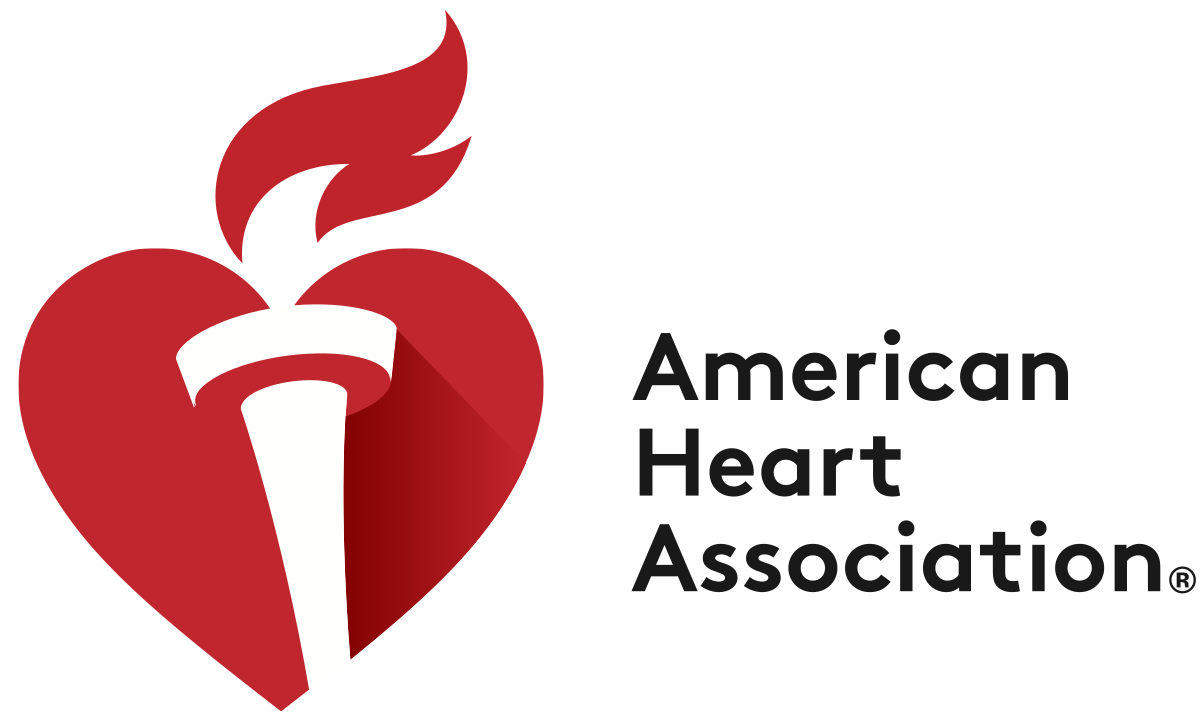![]()
Blog @ SunTech
Advice from the BP Measurement Experts
World Health Organization Releases 2013 Global Brief on Hypertension

On April 7th, the World Health Organization (WHO) celebrated their annual World Health Day in order to draw international attention to important global health issues. Each year, the WHO highlights a different global health concern and, and we found it noteworthy that the focus of this year is controlling high blood pressure.
As part of their efforts, the WHO released a new publication, “A Global Brief on Hypertension” (link below), which is now available as a free download at the official WHO website. The brief describes how hypertension is contributing to the growing burden of heart disease, stroke and kidney failure and premature death and disability. The WHO authors explain how hypertension is both preventable and treatable and provides guidance on how governments, health workers, civil society, the private sector and individuals can reduce hypertension and its impact.
In reviewing the Global Brief, there were several key points we found interesting, one being that hypertension now affects over one billion people worldwide. However, as you might expect, most of our interest focused on the commentary related to blood pressure measurement and the diagnosis of hypertension.
One point that stood out to us was that “WHO recommends the use of affordable and reliable electronic devices that have the option to select manual readings”. That is a significant endorsement for the few devices that can perform both automated and manual BP measurement, like the SunTech 247 BP+Vitals spot-check device.
Interestingly though, there’s no mention of Ambulatory Blood Pressure Monitoring (or ABPM) as part of diagnosing hypertension. The WHO does mention the challenges of in-office BP measurement, specifically citing White-Coat hypertension, and suggests “measuring blood pressure while at home using a machine to measure blood pressure several times a day.” They later state that “blood pressure measurements need to be recorded for several days before a diagnosis of hypertension can be made” and go on to describe a protocol very similar to published guidelines for home or self BP monitoring presented by both the American Society of Hypertension1 and the European Society of Hypertension2. Again though, there’s no mention of ABPM.
The omission of ABPM is surprising to us not only because we manufacture and sell ABPM systems, but because ABPM has repeatedly been shown by hypertension researchers to be the best method for identifying and diagnosing hypertension.3 In fact, ABPM has been shown to be a superior means of assessing BP particularly when white-coat hypertension is suspected.4
Now, certainly there are economic factors to consider and ABPM is not widely available in low-income countries and regions. The WHO does acknowledge in their brief that an integrated primary care program is a key component of any countrywide initiative to address hypertension. And what better setting than primary care for instituting ABPM as part of a hypertension diagnosis and management program?
If you have thoughts or comments on the WHO’s Global Brief on Hypertension or the role of ABPM in controlling high blood pressure, we’d love to hear from you and invite you to share your comments here.
1. T Pickering and WB White. ASH Position Paper: Home and Ambulatory Blood Pressure Monitoring. When and how to use self and ambulatory blood pressure monitoring. Jnl of the American Society of Hypertension (2008) 119-124
2. G Parati, GS Stergiou et al. European Society of Hypertension Practice Guidelines for home blood pressure monitoring. Jnl Human Hypertension (2010) 24, 779-785
3. J Hodgkinson et al. ABPM is best for diagnosing in primary care. Practitioner (2011) Oct; 255 (21-3)
4. TD Giles et al. Ambulatory blood pressure monitoring should be included in the National Health and Nutritional Examination Survey (NHANES). Jnl of the American Society of Hypertension 6(5) (2012) 364-366
Interested in getting more SunTech news, product info, as well as
tips, tricks, and insights from BP experts?
Sign up to get fresh content delivered direct to your inbox.



